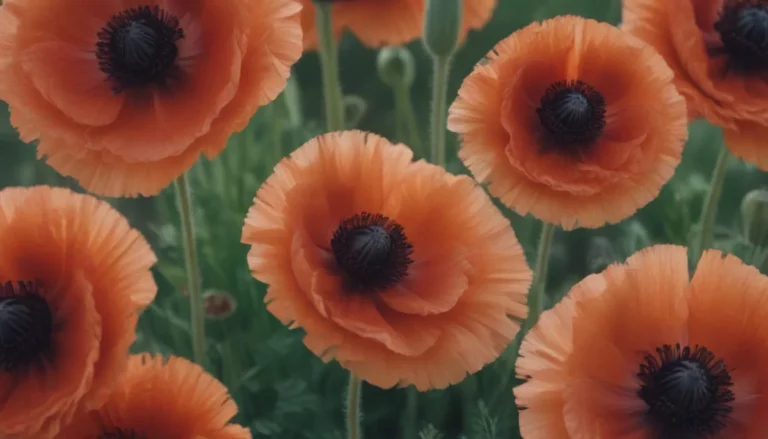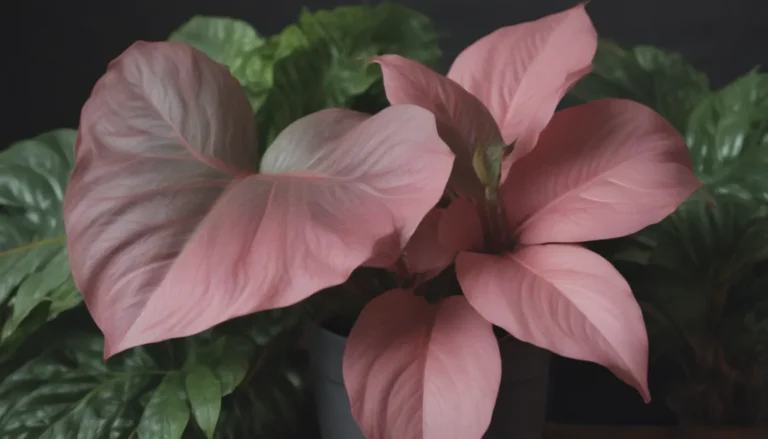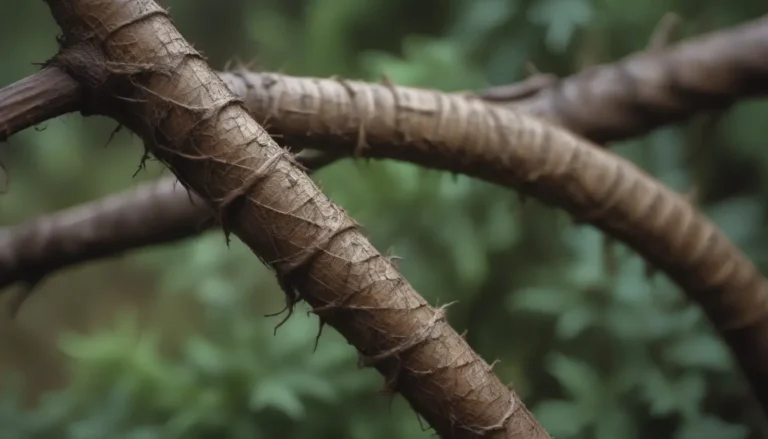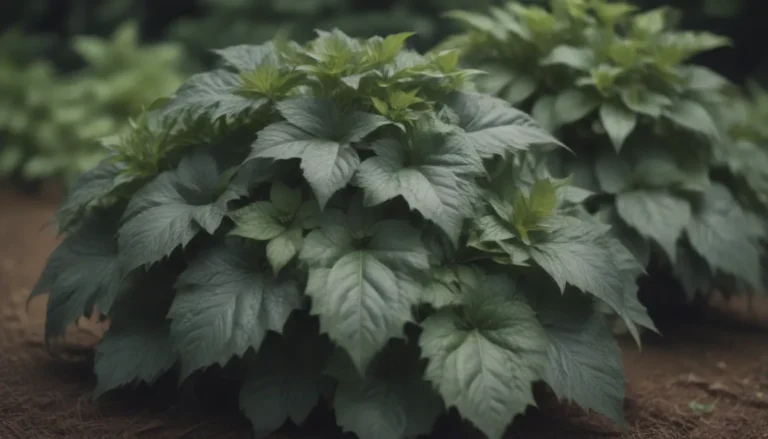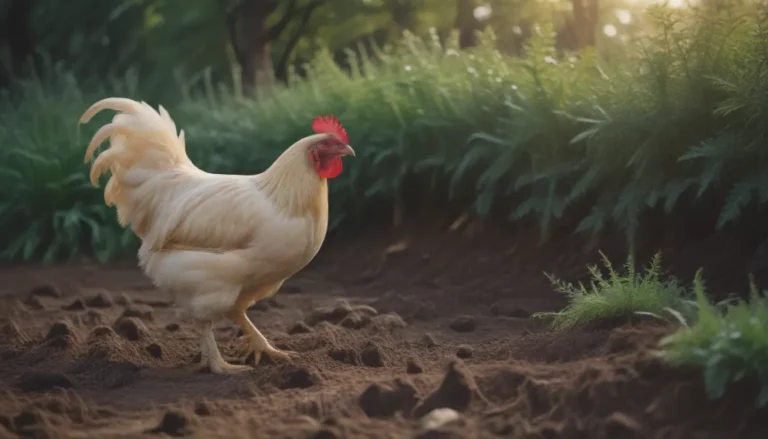The Ultimate Guide to Growing and Caring for the Strawberry Shake Philodendron
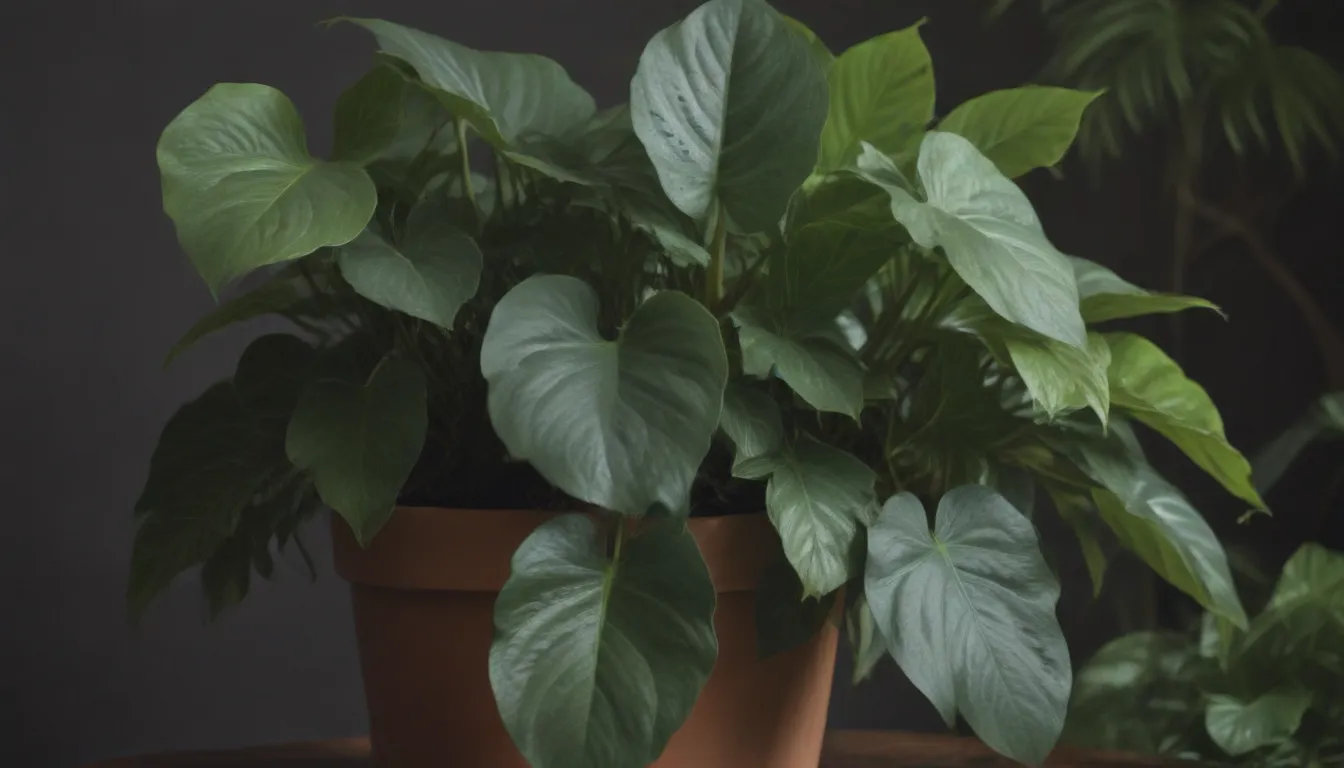
Are you a houseplant enthusiast looking to add a unique and colorful touch to your indoor jungle? Look no further than the stunning strawberry shake philodendron (Philodendron erubescens ‘Strawberry Shake’)! This variegated beauty is native to the lush rainforests of South America and is known for its striking pink, yellow, and cream coloring. Highly sought after by plant collectors, the strawberry shake philodendron is gradually gaining popularity among plant enthusiasts due to its unique appearance.
In this comprehensive guide, we will walk you through everything you need to know about how to grow and care for the strawberry shake philodendron indoors. From light and soil requirements to propagation and common problems, we’ve got you covered. So grab your gardening gloves, and let’s dive in!
Strawberry Shake Philodendron Care
Taking care of a strawberry shake philodendron may seem daunting at first, but with the right knowledge and attention, you can help this beautiful plant thrive in your home. Here are some essential care tips for keeping your strawberry shake philodendron happy and healthy:
Light
- The strawberry shake philodendron requires plenty of bright, indirect light to maintain its vibrant variegation. Position the plant near a sunny window, but make sure to shield it from direct sunlight to prevent leaf damage.
- Inadequate light can cause the plant to lose its variegation and develop leggy growth, so ensure it receives adequate light to thrive.
Soil
- Opt for a well-draining soil mix specifically formulated for aroids to ensure the strawberry shake philodendron’s roots stay healthy.
- Create your own aroid soil mix by combining equal parts indoor potting soil, perlite, and orchid bark for optimal drainage and moisture retention.
Water
- Keep the soil evenly moist but avoid overwatering. Allow the top one to two inches of soil to dry out before watering thoroughly.
- Ensure adequate drainage by allowing excess water to drain from the pot’s holes before returning the plant to its original location.
Temperature and Humidity
- Maintain warm temperatures and high humidity levels to mimic the plant’s native rainforest habitat.
- Aim for humidity levels between 70 to 80%, which can be achieved through a small plant humidifier or by placing the plant in a naturally humid room like the bathroom.
Fertilizer
- Feed your strawberry shake philodendron with a balanced liquid fertilizer diluted to half strength once a month during the spring and summer.
- Discontinue fertilization in early fall as temperatures begin to drop to avoid stressing the plant.
Propagating Strawberry Shake Philodendron
Looking to expand your collection of strawberry shake philodendrons? You can easily propagate this plant using stem cuttings. Here’s a simple guide to propagating your strawberry shake philodendron and creating new plants to share with fellow plant lovers.
Potting and Repotting Strawberry Shake Philodendron
As your strawberry shake philodendron grows, you may need to repot it to provide ample space for its roots to expand. Keep an eye out for signs such as roots circling the pot or emerging from the drainage holes, indicating it’s time for a larger container. Spring and summer are ideal for repotting since the plant is actively growing and can better recover from the disturbance.
Choose a new pot only slightly larger than the previous one, refresh the soil during repotting, and water thoroughly after the process to support your plant’s growth.
Common Pests and Plant Diseases
Just like any houseplant, the strawberry shake philodendron is susceptible to pests and diseases that can hinder its growth and health. Keep an eye out for common pests like mealybugs, scale, and fungus gnats, as well as diseases such as root rot and fungal leaf spot.
Preventive measures, such as regular inspections and proper care practices, can help protect your strawberry shake philodendron from these issues and ensure it thrives in its indoor environment.
Common Problems With Strawberry Shake Philodendron
As a variegated plant, the strawberry shake philodendron may present unique challenges compared to non-variegated varieties. Here are some common problems to watch out for and how to address them:
Losing Variegation
- Chimeral variegation in the strawberry shake philodendron can be unstable, leading to loss of variegation if not properly cared for. Adjust the growing environment promptly to help the plant recover.
- Factors like inadequate light, low temperatures, or lack of humidity can contribute to variegation loss, so ensure the plant’s needs are met to maintain its colorful appearance.
Leaf Spots
- Fungal leaf spot diseases can affect the strawberry shake philodendron, causing small brown or orange spots on the leaves. Treat affected plants with a fungicidal spray to prevent the disease from spreading.
Yellow Leaves
- Yellow leaves can indicate underlying issues such as light deficiency, overwatering, or underwatering. Examine the plant’s environment closely to identify the root cause and make necessary adjustments to promote healthy growth.
Availability and Sourcing
The strawberry shake philodendron is a rare and sought-after plant, making it challenging to find at local nurseries or garden centers. Consider reaching out to online plant retailers, local collectors, and specialty plant stores for potential sources. Due to its high demand and limited availability, acquiring a strawberry shake philodendron may require patience and persistence.
In conclusion, the strawberry shake philodendron is a delightful addition to any plant lover’s collection, showcasing its unique variegation and tropical charm. By understanding its care requirements and addressing common issues proactively, you can enjoy the beauty of this rare philodendron in your own home.
Remember, each plant is unique, and experimentation and observation are key to providing the best care for your strawberry shake philodendron. With dedication and patience, you can create a thriving environment for your plant to flourish and brighten your indoor space with its vibrant colors.
Happy plant parenting! Plant care information sourced from Iowa State University. “Are philodendrons poisonous?” hortnews.extension.iastate.edu. Steil, A., n.d. Web.
